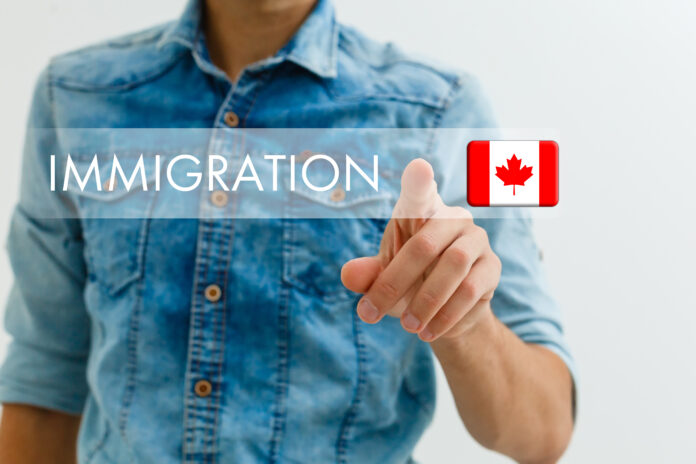
In a recent opinion article featured on The Globe and Mail, columnist Tony Keller argues that Canada’s immigration system’s prestige has withered over the years, in large part due to the actions of the Liberal Party.
His analysis centers around substantiating this claim through comparing the historical trajectories of the immigration policies pursued by Canada and the United States.
He launches this argument by highlighting that the former’s stability used to be best expressed in juxtaposition with the latter’s dysfunctionality, but the post-Trudeau immigration system has filtered said dysfunctionality into the Canadian system as well.
In comparison to Canada, The United States has had relatively lower levels of legal immigration since the 1980s. This has been in combination of a diluted focus on attracting highly skilled foreign workers that enrich the workforce, and a simultaneously high volume of undocumented immigrants – charted at roughly 12 million in 2015 – operating in low-skill and low-wage jobs.
At the same time, pre-2015 Canada was a high-immigration country that admitted two-and-a-half times more foreigners than its southern counterpart.
Read More:
Canada Construction Loses Jobs and Minister Marc Miller Turns to Immigration as a Solution
International Students in Canada: Top 10 Most Important Source Countries
Immigrant Entrepreneurs Increasingly Using Start-Up Visa Program to Immigrate to Canada
However, its utility did not lie in that simple fact, as per Keller; Canada was a “smart immigration country” that admitted permanent residents based on the points system, which filtered through only the most educated, skilled, and youngest immigrants to the country.
Complementing the same, Canada made it difficult to immigrate illegally to it; people from countries black-listed in terms of visa overstay records found it difficult to obtain a tourist visa to Canada, for example.
While Canada and the US both admitted immigrants through family reunification, refugee, and economic immigration streams, Ottawa favored the economic route all the way.
“Within the economic stream, our points system put the emphasis on people who were more educated or skilled than the average Canadian, and whose contribution could boost not just gross domestic product, but GDP per capita,” says Keller.
“A skilled immigrant doesn’t just grow the size of the economic pie. They’re likely to grow it at a rate greater than the rising number of forks in the pie.”
Watch video:
While the US immigration policy has remained largely unchanged in the past decade, as per Keller, Canada has witnessed a complete reversal of its once-acclaimed strategy on the topic at hand. The Trudeau government, he argues, has made it “more American.”
This Americanization has not seeped into the conversation regarding immigration target levels, however, as that policy area has – and will continue to – witness dramatic expansion; by 2025, in fact, the country would be welcoming half a million new Canadians a year – double the number of a decade ago.
The Globe and Mail opinion piece instead argues that Canadian Liberals have brought about a revolution of sorts in the shadow immigration system’s various temporary foreign worker streams, “whose accent is on admitting people for low-skill, low-wage, low productivity jobs.”
As Immigration, Refugees and Citizenship Canada (IRCC) continues to expand temporary admission streams, immigrant intake through them has overtaken intake through traditional immigration.
The supply of highly skilled foreign workers, writes the columnist, is severely restricted; medical graduates from overseas schools (even Canadians) have difficulty getting employment in Canada, for example, leading to the shortage of healthcare workers that the country is witnessing.
On the other hand, employers are being provided with an unlimited supply of temporary foreign workers through the education visa stream. This has even started encouraging certain schools to be peddling the opportunity to work in Canada rather than an actual education.

